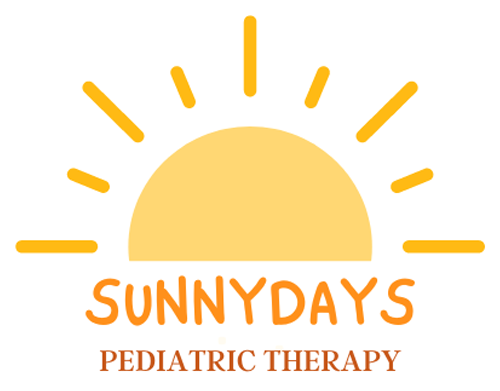Electrical stimulation (TASES) is a pivotal component of our therapeutic approach, fostering the development and rehabilitation of children with cerebral palsy and other movement disorders. This non-invasive technique involves the application of controlled electrical currents to targeted muscle groups, promoting muscle contractions and enhancing neuromuscular coordination.
ELECTRICAL STIMULATION (TASES)
WHAT IS IT
Electrical Stimulation (TASES)
HOW IT WORKS
Improved Strength & Motor Control
E-stim is conducted by placing a small adhesive (electrode) on the skin, over a nerve or muscle. Slowly, and in low doses, a mild electrical current that mimics brain signals is transmitted into the adhesives and received by targeted nerves and muscles. Your skilled therapist will slowly increase the intensity until a muscle contraction is achieved. Muscles that are spastic, dysfunctional, or underutilized can now be targeted at the neuromuscular level, and effectively strengthened. E-stim is used in combination with DMI exercises to improve functional use of muscles. With time and repetition, e-stim promotes improved strength, motor control, and decreased spasticity.
HOW IT WORKS
Improved Strength & Motor Control
E-stim is conducted by placing a small adhesive (electrode) on the skin, over a nerve or muscle. Slowly, and in low doses, a mild electrical current that mimics brain signals is transmitted into the adhesives and received by targeted nerves and muscles. Your skilled therapist will slowly increase the intensity until a muscle contraction is achieved. Muscles that are spastic, dysfunctional, or underutilized can now be targeted at the neuromuscular level, and effectively strengthened. E-stim is used in combination with DMI exercises to improve functional use of muscles. With time and repetition, e-stim promotes improved strength, motor control, and decreased spasticity.
THE BENEFITS
Optimize Physical Function
Your skilled therapist will leverage electrical stimulation to address a spectrum of conditions, such as cerebral palsy, hypertonia, and neuromuscular disorders. By customizing treatment plans to suit each child’s unique needs, we strive to optimize their physical function, improve motor skills, and maximize their overall quality of life.
Benefits of TASES
- Improves range of motion
- Increases muscle fiber contraction
- Improves muscle strength
- Increases sensory awareness and motor control
- Decreases muscle spasticity
- Improves functional use of hypertonic muscles

